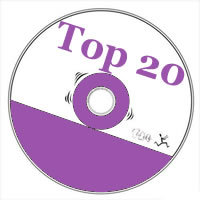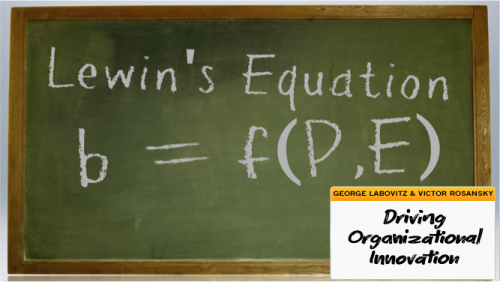Check out this very engaging and interesting video with Clayton Christensen: Prescribing a common framework/theory about how to approach the complex problems within healthcare.
søndag 15. september 2013
mandag 5. august 2013
Five Strategic Reflections For Your Innovation Ecosystem

So, you’ve been chosen to lead the creation of an innovation program for your organization. Or perhaps you’ve been in this role for some time. You are hearing a constant clarion call for “more innovation.
http://www.forbes.com/sites/henrydoss/2013/08/05/five-strategic-reflections-for-your-innovation-ecosystem/
Top 20 Innovation Articles – July 2013 via http://bit.ly/1850dVh

Top 20 Innovation Articles – July 2013 via http://bit.ly/1850dVh
via Tumblr http://rsrai.tumblr.com/post/57422595814
5 Best Practices to Drive Innovation via http://bit.ly/13RPtoW

5 Best Practices to Drive Innovation via http://bit.ly/13RPtoW
via Tumblr http://rsrai.tumblr.com/post/57413622018
10 Technologies that Changed Our Lives {Infographic}
10 Technologies that Changed Our Lives {Infographic}
via Tumblr http://rsrai.tumblr.com/post/57409520979
via Tumblr http://rsrai.tumblr.com/post/57409520979
onsdag 29. mai 2013
12 Disruptive Technologies that Will Create and Destroy Jobs in the Future
Oh damn, it has been a long time since I blogged. Well, here goes nothing.
I have always been fond of Clayton Christensen's ideas about disruptive innovation. I just found this report from McKinsey: "Disruptive Technologies: Advances that will transform life, business, and the global economy".According to the report these technologies could have a potential economic impact between $14 trillion and $33 trillion a year in 2025. Quite interesting stuff.
Check out the illustration below. It shows a list of the disruptive technologies and their potential impact. Let's look back in about a decade and see if the prediction holds true...
tirsdag 29. november 2011
Exploiting Digital Benefits in Education
I am currently co-authoring an article about how new technology might be integrated within existing learning practices in an educational setting.
Having an interest in disruptive innovation and sociological practice-theoretical aspects I like to find illustrative examples of how new technologies might change the way we learn and potentially create new routines of learning and teaching. Even though much has been written about ICT competence (or the lack of it) amongst teachers and students - I believe that evaluating change within practices and routines might be a fruitful approach in order to comprehend what creates value towards various user groups. So, instead of assessing ICT competence (or technology readiness indexes) as a subjective measurement I am more interested in how existing doings/actions/routines change when new technologies are introduced.
The integration of meaning, know-how and technology might be a challenging task when considering new technologies in an educational setting typically characterized by long-held traditions. What we do know is that many students are enthusiastic about new technologies and services (think about smart phones, iPad, Facebook etc.) but many of these digital features are not integrated as part of their routines at school in a manner which might facilitate more efficient and interactive learning. So, the challenge is to be able to exploit benefits that might potentially derive from new technologies (i.e. interactivity), utilize student motivation towards new gadgets and encourage teachers to integrate these new tools as part of their teaching programme. Ofcourse, we must wait for those innovative solutions which could actually introduce interactivity, such as interactive textbooks (more than e-books), self-test exercises with digital feedback, social interactivity amongst students etc.) which the new generation of students are waiting for....
The video below (in Norwegian) illustrates how new technology may bring forward interactivity that only digital can do. It shows how visualization and simulation may enhance the way we learn about complex concepts and theories in new ways.
Abonner på:
Innlegg (Atom)

